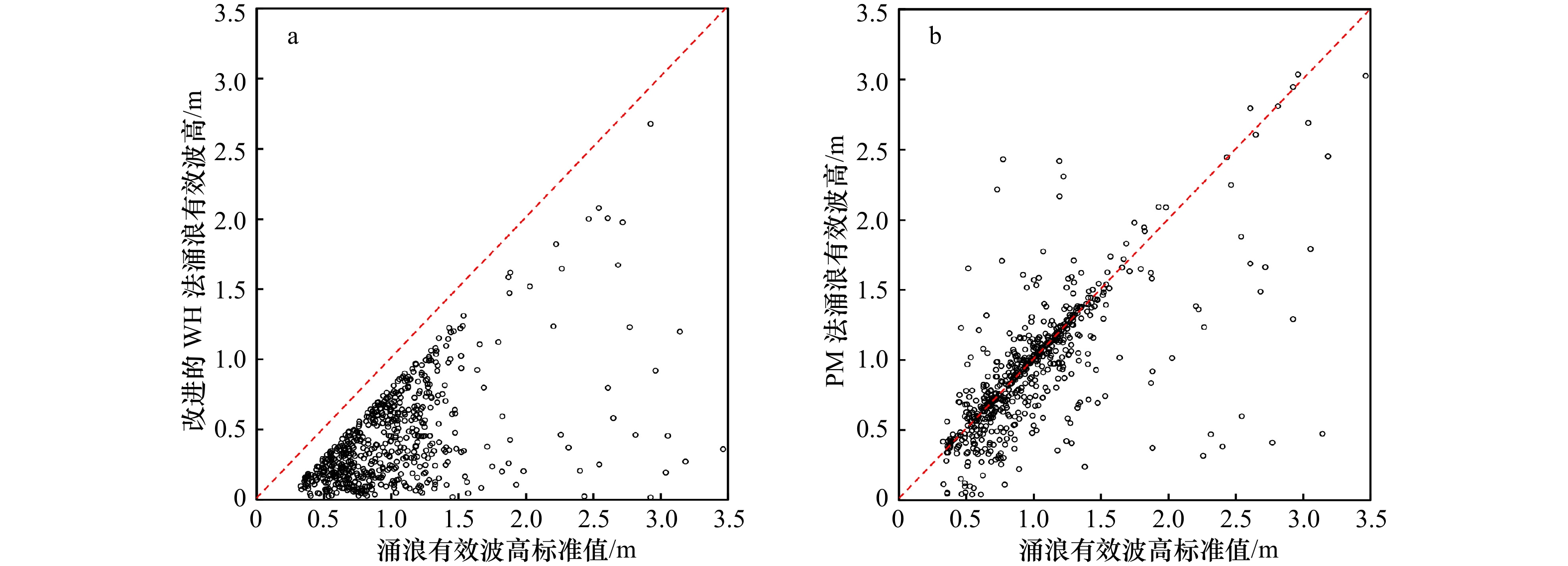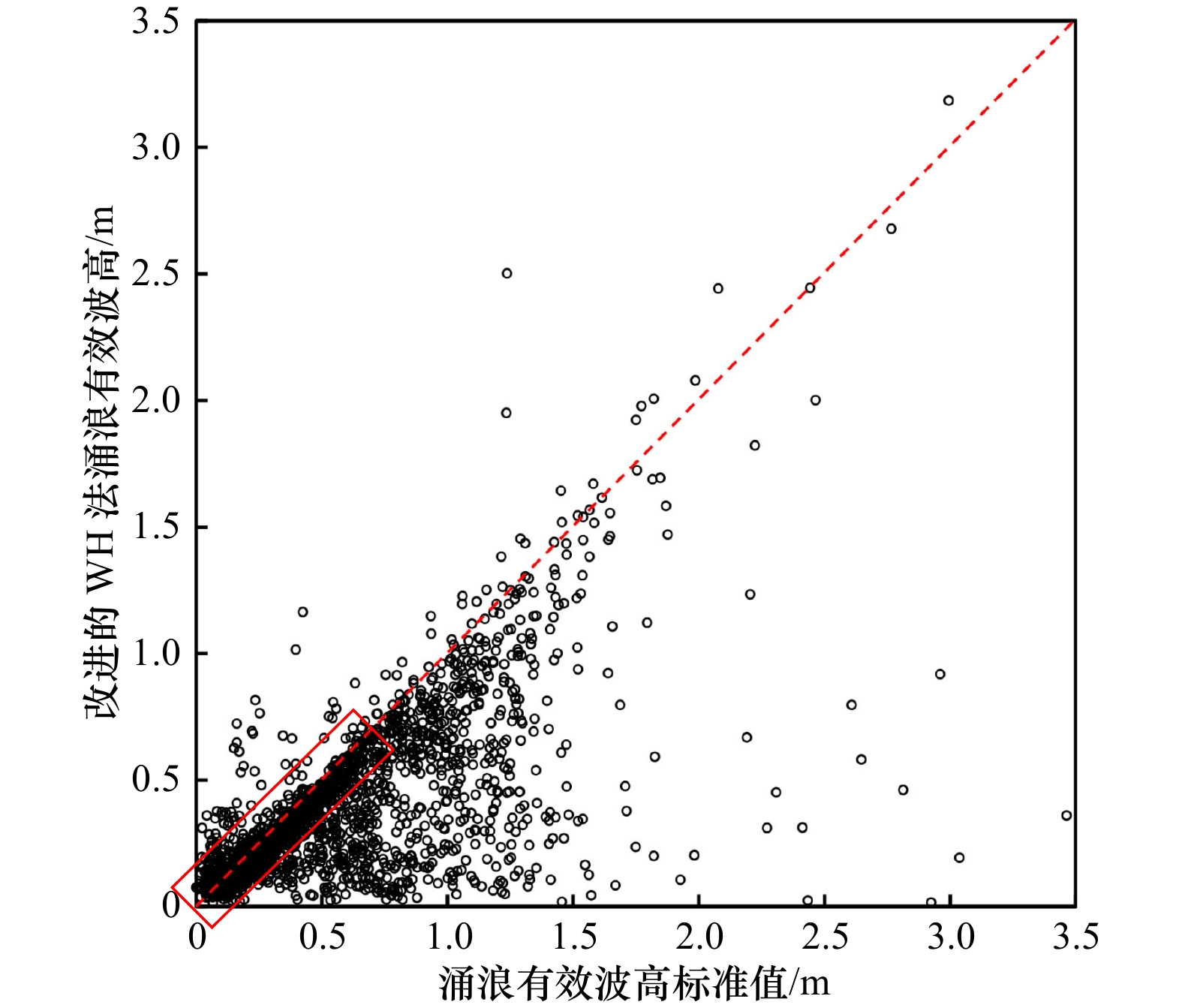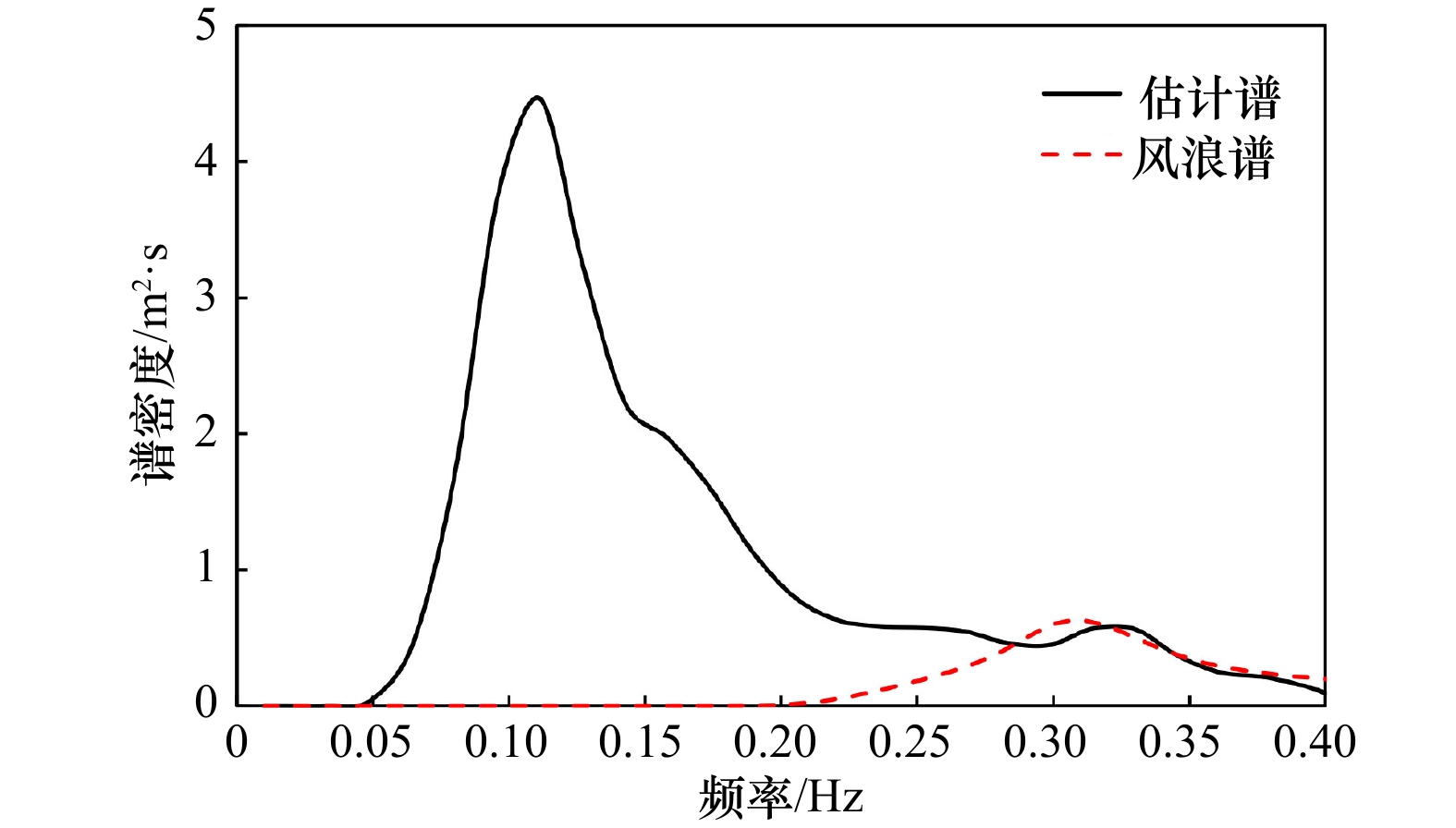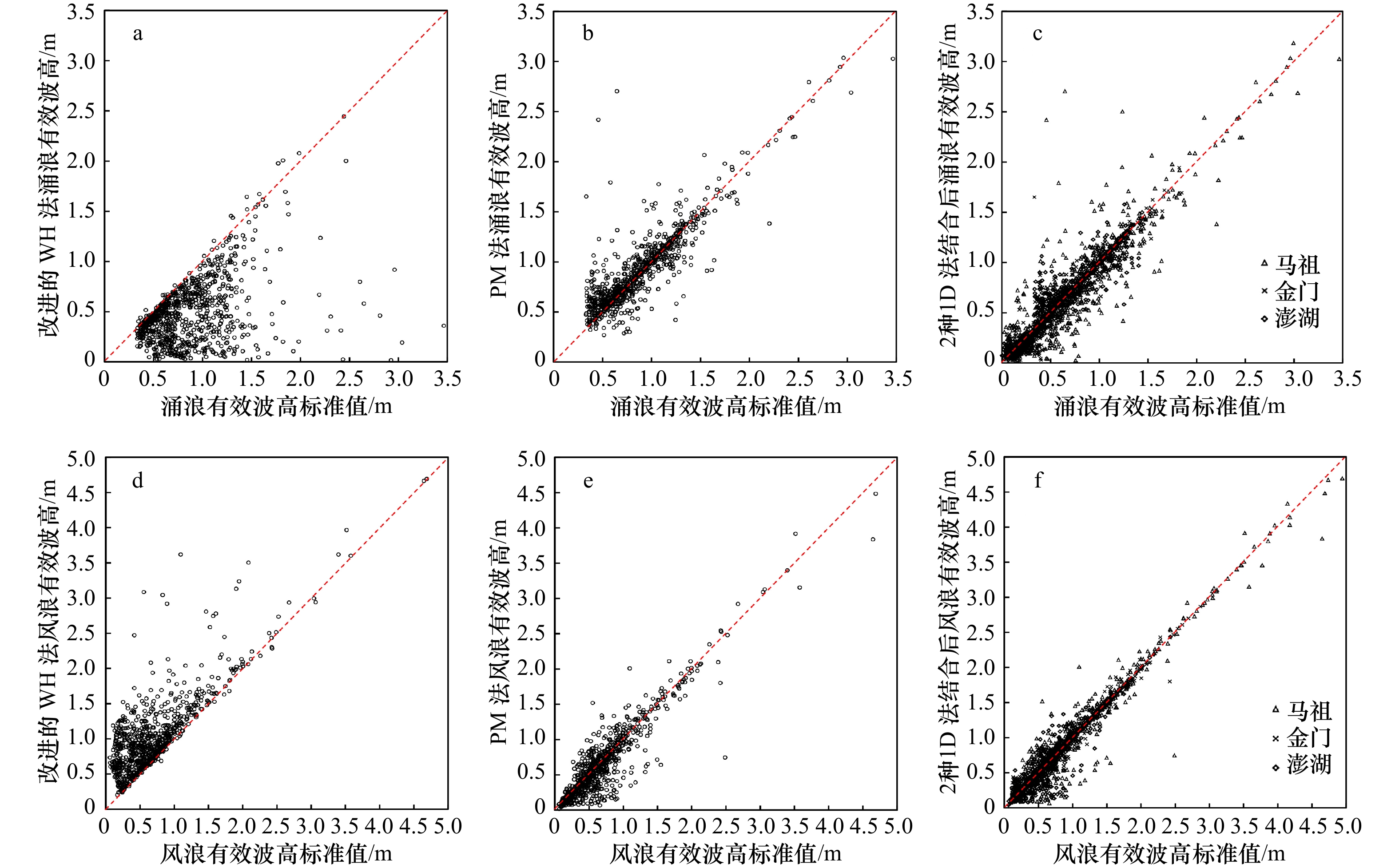Study on separation method of wind-wave and swell in the Taiwan Strait
-
摘要: 受狭管效应的影响,台湾海峡波浪较大且常与涌浪混合存在。涌浪对包括船舶在内的浮式结构物有着重要的影响,而风涌浪分离是研究涌浪特性的必要前提,也一直是研究的热点和困难问题。由于数据的欠缺和观测条件的限制,在风涌浪分离方法中被普遍认可的二维谱方法常常难以使用,如何选择更为精准的一维谱方法往往会成为实际研究和应用过程中必须面对的问题。利用台湾海峡内3个具有二维谱数据的测站,通过将二维谱分离结果作为参考,针对台湾海峡风浪和涌浪的特征,探讨了风涌浪分离一维谱方法在该海域的适用性问题,研究表明风速法相较其他方法精度更好,在这一基础上提出了一种将波谱积分法与风速法相结合的一维谱方法。Abstract: Due to the narrow tube effect, ocean waves are large and usually mixed with swell in the Taiwan Strait. Much attention has been attracted by the swells, since they have important impacts on floating structures including the ships. The separation of wind-waves and swells is a fundamental step for the research on characteristics of swells, also is a hot topic with difficulties. But the generally accepted method of separation, which is two-dimensional spectral method, is hard to use in practice due to lack of data and limitations of observation. Thus the selection of one-dimensional spectral method with high accuracy becomes a key problem in the practical. Using the two-dimensional spectral data of three wave stations in the Taiwan Strait, results of separation are obtained. Considering results of separation as well as characteristics of wind-waves and swells in the Taiwan Strait, accuracies of different one-dimensional spectral methods are calculated and compared. The results show that the PM method as a whole is more accurate than other methods. Based on results of separation, a one-dimensional spectrum method is proposed which is a combination of the improved WH method and the PM method.
-
Key words:
- separation of wind-wave and swell /
- Taiwan Strait /
- one-dimensional spectral /
- swell /
- wind-wave
-
图 8 两种1D法结合后风涌浪分离结果与标准值对比
a. 原始涌浪分离结果;b. 调整为PM法后涌浪分离结果;c. 两种分离方法结合后的涌浪分离结果;d. 原始风浪分离结果;e. 调整为PM法后风浪分离结果;f. 两种分离方法结合后的风浪分离结果
Fig. 8 Comparison two 1D methods of separation wind-wave and swell results with of standard values
a. Original separation result of swell; b. adjusted to PM method after separation result of swell; c. two separation methods combined result of swell; d. original separation result of wind wave; e. adjusted to PM method after separation result of wind wave; f. two separation methods combined result of wind wave
表 1 测站位置信息
Tab. 1 Station position information
测站名称 测站位置 马祖 26.350 8°N,120.513 6°E 金门 24.380 0°N,118.413 3°E 澎湖 23.726 9°N,119.519 9°E 表 2 4种1D法分离后的涌浪有效波高与标准值的相似度
Tab. 2 Similarity between the effective wave heights of swell with standard values after separation by four methods in 1D
PM法 WH法 改进的WH法 JP法 相关系数 0.827 0.705 0.718 0.568 均方根误差 0.249 0.430 0.368 0.558 表 3 4种1D法分离后的风浪有效波高与标准值的相似度
Tab. 3 Similarity between the effective heights of wind wave with standard values after separation by four methods in 1D
PM法 WH法 改进的WH法 JP法 相关系数 0.956 0.908 0.930 0.696 均方根误差 0.206 0.317 0.303 0.645 -
[1] 李水清, 赵栋梁. 风浪和涌浪分离方法的比较[J]. 海洋学报, 2012, 34(2): 23−29.Li Shuiqing, Zhao Dongliang. Comparisons on partitioning techniques to identify wind-wave and swell[J]. Haiyang Xuebao, 2012, 34(2): 23−29. [2] 汪炳祥, 常瑞芳, 王一飞. 风浪与涌浪的划分判据[J]. 黄渤海海洋, 1990(1): 16−24.Wang Bingxiang, Chang Ruifang, Wang Yifei. Criteria of differentiating swell from wind waves[J]. Journal of Oceanography of Huanghai and Bohai Seas, 1990(1): 16−24. [3] 郭佩芳, 施平, 王华, 等. 划分风浪与涌浪的一个新判据——海浪成份及其在南海的应用[J]. 青岛海洋大学学报, 1997(2): 131−137.Guo Peifang, Shi Ping, Wang Hua, et al. A new criterion between wind wave and swell wave-By mixed wave composition factors and its application to the south China sea[J]. Journal of Ocean University of Qingdao, 1997(2): 131−137. [4] 郭婷婷, 高文洋, 高艺, 等. 台湾海峡气候特点分析[J]. 海洋预报, 2010, 27(1): 53−58. doi: 10.3969/j.issn.1003-0239.2010.01.010Guo Tingting, Gao Wenyang, Gao Yi, et al. Analysis of climate characteristics in Taiwan Strait[J]. Marine Forecasts, 2010, 27(1): 53−58. doi: 10.3969/j.issn.1003-0239.2010.01.010 [5] Tao A F, Yan J, Pei Y, et al. Swells of the East China Sea[J]. Journal of Ocean University of China, 2017, 16(4): 674−682. doi: 10.1007/s11802-017-3406-5 [6] 裴晔, 陶爱峰, 张义丰, 等. 东海E3海域低频涌浪生成机制研究[J]. 海洋湖沼通报, 2016(1): 17−24.Pei Ye, Tao Aifeng, Zhang Yifeng, et al. The generation mechanisms of low-frequency well in the E3 sea area of the East China Sea[J]. Transactions of Oceanology and Limnology, 2016(1): 17−24. [7] Hasselmann K, Olbers D. Measurements of wind-wave growth and swell decay during the Joint North Sea Wave Project (JONSWAP)[J]. Ergänzungzur Deutches Hydrographisches Institut, 1973, A(8), 12: 1–95. [8] Durden S, Vesecky J. A physical radar cross-section model for a wind-driven sea with swell[J]. IEEE Journal of Oceanic Engineering, 1985, 10(4): 445−451. doi: 10.1109/JOE.1985.1145133 [9] 黄培基, 胡泽建. 胶州湾双峰海浪频谱的表示[J]. 海洋学报, 1988, 10(5): 531−537.Huang Peiji, Hu Zejian. Representation of bimodal wave spectrum in Jiaozhou Bay[J]. Haiyang Xuebao, 1988, 10(5): 531−537. [10] Gerling T W. Partitioning sequences and arrays of directional ocean wave spectra into component wave systems[J]. Journal of Atmospheric and Oceanic Technology, 1992, 9(4): 444−458. doi: 10.1175/1520-0426(1992)009<0444:PSAAOD>2.0.CO;2 [11] Komen G J, Hasselmann K. On the existence of a fully developed wind-sea spectrum[J]. Journal of Physical Oceanography, 1984, 14(8): 1271−1285. doi: 10.1175/1520-0485(1984)014<1271:OTEOAF>2.0.CO;2 [12] Earle M D. Development of algorithms for separation of sea and swell[R]. National Data Buoy Center Tech Rep MEC-87-1, NDBC, 1984: 53. [13] Wang D W, Hwang P A. An operational method for separating wind sea and swell from ocean wave spectra[J]. Journal of Atmospheric and Oceanic Technology, 2001, 18(12): 2052−2062. doi: 10.1175/1520-0426(2001)018<2052:AOMFSW>2.0.CO;2 [14] Hwang P A, Ocampotorres F J, Héctor GarcíaNava. Wind sea and swell separation of 1D wave spectrum by a spectrum integration method[J]. Journal of Atmospheric & Oceanic Technology, 2011, 29: 116−128. [15] Portilla, Jesús, Ocampo-Torres F J, Monbaliu J. Spectral partitioning and identification of wind sea and swell[J]. Journal of Atmospheric and Oceanic Technology, 2009, 26(1): 107−122. doi: 10.1175/2008JTECHO609.1 [16] Liu Y, Hao Z, Gong F, et al. Spectral separation of wind sea and swell based on buoy observations[C]// Proceeding of SPIE, Remote Sensing of the Ocean, Sea Ice, Coastal Waters, and Large Water Regions, 2015: 96380V. [17] Chen Z, Zhang L, Zhao C, et al. A practical method of extracting wind sea and swell from directional wave spectrum[J]. Journal of Atmospheric and Oceanic Technology, 2015, 32(11): 2147−2159. doi: 10.1175/JTECH-D-15-0092.1 [18] Pierson W J, Moskowitz L. A proposed spectral form for fully developed wind seas based on the similarity theory of S. A. Kitaigorodskii[J]. Journal of Geophysical Research, 1964, 69(24): 5181−5190. doi: 10.1029/JZ069i024p05181 [19] Mitsuyasu H, Tasai F, Suhara T, et al. Observations of the directional spectrum of ocean waves using a cloverleaf buoy[J]. Journal of Physical Oceanography, 2010, 5(2): 286−296. [20] Hasselmann K, Sell W, Ross D B, et al. A parametric wave prediction model[J]. Journal of Physical Oceanography, 1976, 6(2): 200−228. doi: 10.1175/1520-0485(1976)006<0200:APWPM>2.0.CO;2 -




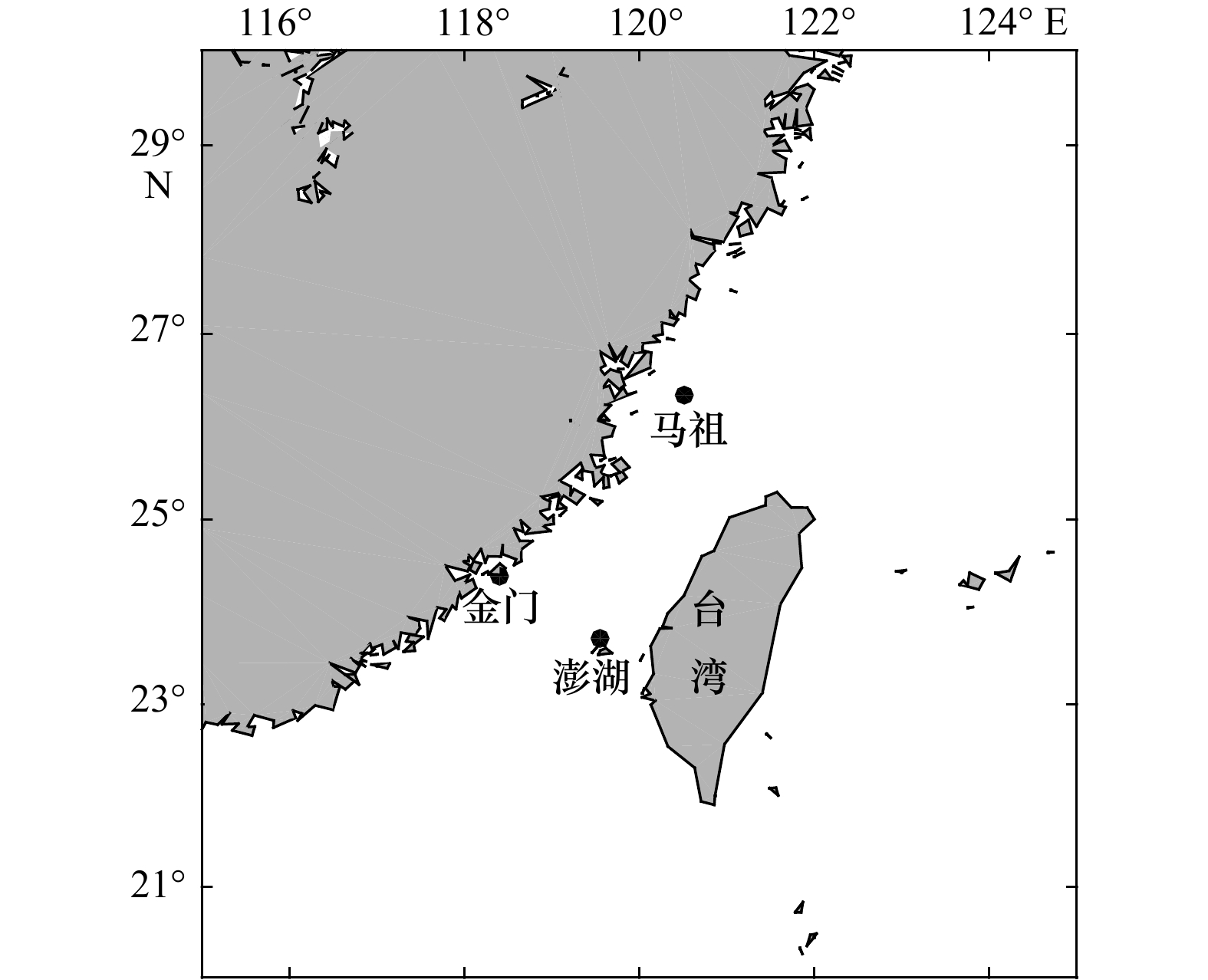
 下载:
下载:



